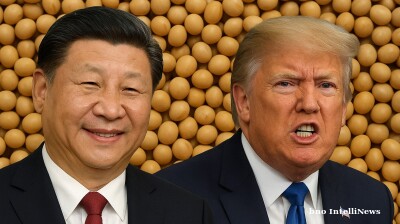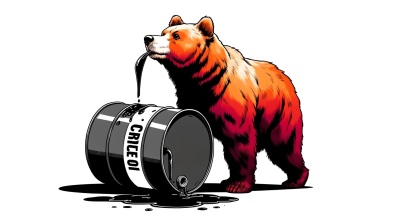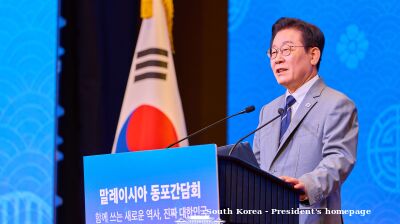According to a monitoring report from the Ukrainian Center for European Policy, Ukraine has fulfilled 41.6% of the requirements outlined in its Association Agreement with the EU.
“The process of European integration is taking place in all areas covered by the agreement, but speed and efficiency differs,” says the centre’s executive director, Lyubov Akulenko, in an article for European Pravda.
This figure (41.6%) is broken down as follows: 18.9% of the requirements are in the “early implementation” phase, meaning the necessary regulations are still under development; 10.4% are in the “advanced implementation” stage, meaning legislative work is being carried out but the corresponding bylaws have yet to be adopted; and 12.3% are in the “perfect implementation” stage, meaning all the necessary legislation and regulations have been adopted and meet EU requirements.
According to Akulenko, the “leading sectors” in terms of European integration include technical regulations and public procurement, as well as the digital market. And this has already had concrete results for Ukraine.
“In 2017, exports of machine-building products reached $2.48bn, compared to $1.86bn in 2012 (a 60% increase) [...] Exports of various electrical products reached $2.04bn, while in 2012 they amounted to $1.49bn (a one-third increase),” she says, for example. “In 2018, Ukrainian exports of these products to the EU increased 18.6% compared to 2017.”
Meanwhile, customs and agriculture are both lagging behind, and transport and statistics haven’t made any progress, Akulenko says. However, she does feel that on the whole, Ukraine is successfully implementing the Association Agreement so far, and is doing so in “extremely difficult conditions” at that.
“On the one hand, we are trying to implement fundamental reforms, on the other hand, we have a conflict in the East that is taking away a lot of our resources,” Akulenko recalls. “And, at the same time, we still have to change our legislation in accordance with European requirements, having not yet fully reformed state institutions.”
Going forward, Akulenko recommends finding “a balance between a purely technical approach and an ambitious revision of the Agreement,” through high-level dialogue between Ukraine and EU member states. In addition to deepening integration in several sectors, this will “breathe new life into the Association Agreement” and “communicate new, more ambitious goals” to society, she concludes.
This article first appeared in BMB Ukraine, part of the Foreign Policy Research Institute (FPRI)
News

US push to pressure Iran providing fresh incentive for trans-Caspian pipeline
Turkmenistan showing interest in the idea.

US–China soybean sales restart
According to Scott Bessent, US Treasury Secretary, the agreement marks a significant step towards restoring normalcy for American farmers.

Russia faces $50bn annual losses from oil sanctions as Lukoil exits international assets
Russia is expected to lose at least $50bn annually due to oil-related sanctions, as Moscow’s largest private oil producer Lukoil agrees to sell its international assets and Germany considers nationalising operations owned by state-run Rosneft.

Chicken and chips in Seoul - for Nvidia, Samsung and Hyundai
In a low-key fried chicken shop in southern Seoul, the leaders of Nvidia, Samsung Electronics and Hyundai Motor held an informal meeting on the evening of October 30.



